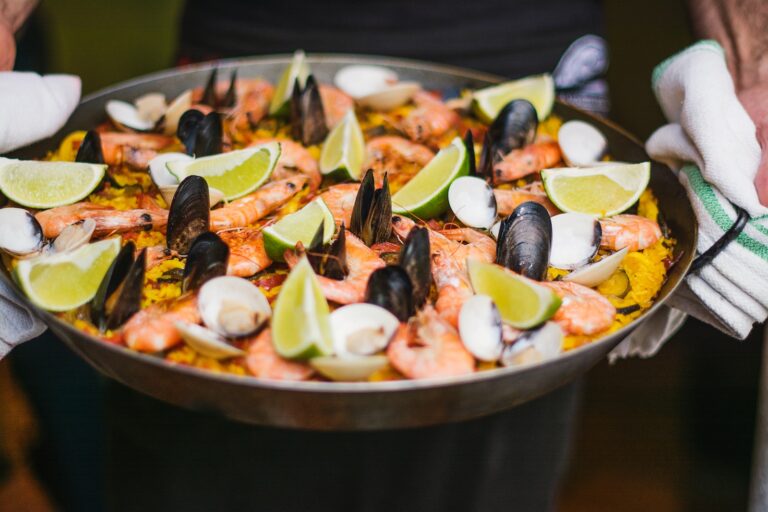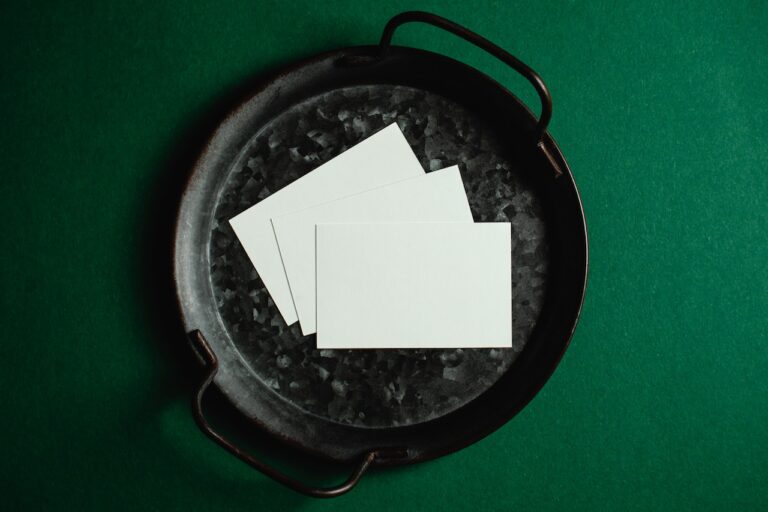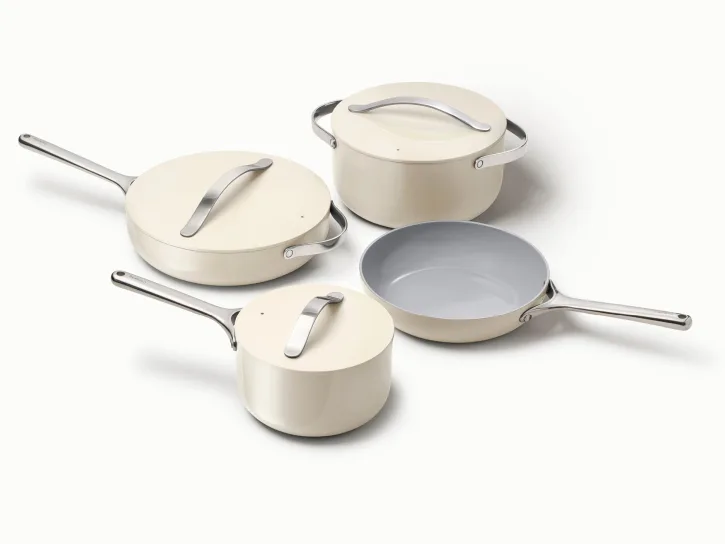I love using my broiler pan for cooking delicious meals. It’s a versatile tool that offers many benefits.
In this article, I’ll share the different types of broiler pans available and how to choose the right one for your needs.
I’ll also provide tips and tricks for cooking with a broiler pan, as well as some tasty recipes you can try.
Plus, I’ll discuss the pros and cons of using a broiler pan compared to other cooking methods.
Let’s get started!
Key Takeaways
- Using a broiler pan results in healthier meals as excess fat drips away, reducing overall grease content and retaining more nutrients.
- Broiler pans offer versatility and can be used for various types of foods, allowing for quick cooking times.
- However, there are drawbacks to using a broiler pan such as food sticking, limited space, uneven cooking, potential for burning, and cleaning difficulties.
- Alternative cooking methods include using a baking sheet, aluminum foil, parchment paper, grill pan, or placing food directly on the oven rack.
Benefits of Using a Broiler Pan
One of the benefits of using a broiler pan is that it helps to evenly distribute heat. This ensures that your food cooks evenly, resulting in delicious and perfectly cooked meals.
However, if you don’t have a broiler pan or are looking for alternatives, there are a few options you can consider.
A wire rack placed on top of a baking sheet can mimic the effects of a broiler pan by allowing air to circulate around the food. Another alternative is using a cast-iron skillet, which retains and distributes heat effectively.
When using a broiler pan or any alternative, it’s important to follow some safety tips. Always use oven mitts when handling hot pans, and make sure to preheat your broiler before cooking. Additionally, keep an eye on your food while it’s under the broiler to prevent burning or charring.
Different Types of Broiler Pans
When it comes to choosing the best broiler pan, one of the main decisions you’ll need to make is whether to go with a nonstick or stainless steel option. Both types have their pros and cons, so it’s important to consider your cooking preferences and needs.
In this discussion, I’ll be exploring the differences between nonstick and stainless steel broiler pans to help you decide which one is right for you.
Best Broiler Pan
The best broiler pan for your oven is the one that allows for even cooking and easy cleanup. Here are four reasons why investing in a quality broiler pan is worth it:
- Even Cooking: A good broiler pan ensures that heat is distributed evenly, resulting in perfectly cooked food every time. No more worrying about unevenly cooked meats or vegetables.
- Healthier Option: Broiling is a healthy cooking method as it allows excess fats to drip away from the food. A well-designed broiler pan with a slotted top allows this to happen effortlessly.
- Easy Cleanup: Cleaning up after cooking can be a hassle, but with a high-quality non-stick broiler pan, you can easily wipe away any residue or grease without scrubbing for hours.
- Longevity: Taking proper care of your broiler pan extends its lifespan. Remember to use non-abrasive cleaners, avoid metal utensils, and store it properly to ensure years of use.
Investing in the best broiler pan not only enhances your cooking experience but also provides numerous benefits and makes cleanup a breeze. So go ahead and upgrade your kitchen arsenal with the perfect broiler pan!
Nonstick vs. stainless?
To decide between nonstick and stainless steel, consider your cooking preferences and cleaning habits. Personally, I lean towards stainless steel for its durability and long-lasting performance.
While nonstick pans are great for easy release of food, they tend to wear out over time and lose their effectiveness. On the other hand, stainless steel pans can withstand high temperatures without warping or scratching. They provide even heat distribution, which is essential for achieving that perfect sear or browning on your dishes.
Additionally, stainless steel pans are easier to clean as they don’t require special utensils or gentle scrubbing like nonstick pans do.
Overall, if you value durability and versatility in your cookware, stainless steel is definitely the way to go.
How to Choose the Right Broiler Pan for Your Needs
You should consider your cooking needs and preferences before selecting the right broiler pan. Here are some tips to help you choose the perfect broiler pan for your needs:
- Material: Opt for a heavy-duty broiler pan made of stainless steel or cast iron. These materials distribute heat evenly and can withstand high temperatures, ensuring optimal broiling results.
- Size: Consider the size of your oven and the amount of food you usually cook. A larger broiler pan is ideal for larger cuts of meat or when cooking for a crowd, while a smaller one is more suitable for smaller portions.
- Nonstick Coating: Look for a broiler pan with a nonstick coating to prevent food from sticking and make cleaning easier.
- Features: Some broiler pans come with racks or adjustable heights, allowing you to position your meat closer or further away from the heat source for better control over cooking.
When it comes to broiling meat, using a quality broiler pan offers several benefits such as searing in juices, creating crispy exteriors, and reducing fat content. To ensure successful results, remember to preheat your oven, season your meat well, monitor cooking time closely, and let the meat rest before serving.
Proper Cleaning and Maintenance of a Broiler Pan
When it comes to keeping my broiler pan in good shape, there are a few key points I focus on.
First off, using the right cleaning techniques is crucial to remove any leftover food or grease.
Secondly, preventing rust is important to ensure the longevity of the pan. I make sure to dry it thoroughly after each use and store it in a dry place.
Lastly, finding efficient drying methods helps me save time and ensures that the pan is completely dry before storing it away.
Cleaning Techniques
Cleaning the broiler pan can be made easier by using a mixture of baking soda and vinegar. It’s an efficient cleaning technique that helps in removing stubborn stains effectively.
Here are four reasons why this method works wonders:
- The combination of baking soda and vinegar creates a powerful chemical reaction that breaks down grease and grime, making it easier to scrub off.
- Baking soda acts as a gentle abrasive, helping to lift away burnt-on food particles without scratching the surface of the pan.
- Vinegar is known for its acidic properties, which help dissolve tough stains and eliminate foul odors.
- This natural cleaning solution is safe for both your health and the environment, as it doesn’t contain any harsh chemicals or toxins.
Preventing Rust
Using a rust-resistant coating on metal surfaces can help prevent rust from forming.
As someone who loves cooking, I understand the importance of keeping my broiler pan in good condition. To prevent rust, I make sure to apply a thin layer of cooking oil after each use. This creates a protective barrier that prevents moisture from reaching the metal surface and causing corrosion.
Additionally, I always hand wash my broiler pan with warm soapy water and dry it thoroughly to remove any leftover food particles or moisture that could lead to rust formation.
Regularly inspecting the pan for any signs of wear or damage is also crucial in preventing rust. By following these proper maintenance techniques, I can ensure that my broiler pan remains rust-free and in excellent working condition for years to come.
Efficient Drying Methods
To efficiently dry metal surfaces, it’s important to thoroughly remove any excess moisture. This not only helps prevent rust from forming but also ensures that the surface is ready for further use or storage. Here are four efficient drying methods that can help you achieve this:
- Air drying: Simply leave the metal surface in a well-ventilated area and allow it to air dry naturally. This method is cost-effective and requires no additional equipment.
- Towel drying: Use a clean, absorbent towel to gently wipe off any remaining moisture on the metal surface. Make sure to reach all the nooks and crannies for thorough drying.
- Heat gun or hairdryer: Apply heat from a heat gun or a hairdryer on low setting to speed up the evaporation process. Be cautious not to overheat as this may damage delicate surfaces.
- Silica gel packs: Place silica gel packs near the metal surface to absorb moisture from the surrounding environment, aiding in faster drying.
Tips and Tricks for Cooking With a Broiler Pan
One great tip for cooking with a broiler pan is to preheat it before adding your food. This helps ensure that the food cooks evenly and gets that delicious crispy texture on the outside. When using a broiler pan, there are both benefits and drawbacks to consider. The main benefit is that the slotted top allows grease to drip down, resulting in healthier, less greasy meals. However, the drawback is that some foods may stick to the slots or fall through them. In such cases, alternative cooking methods can be used. For example, you could use a baking sheet lined with aluminum foil or parchment paper as an alternative to a broiler pan. This provides a flat surface for even cooking without any slots for food to get stuck in or fall through.
| Benefits | Drawbacks | Alternative Cooking Methods |
|---|---|---|
| Healthier meals | Food sticking | Baking sheet |
| Less grease | Food falling through | Aluminum foil |
| Even cooking | Limited space | Parchment paper |
Using these alternatives ensures that you can still achieve similar results as when using a broiler pan while avoiding any potential drawbacks.
Broiler Pan Vs. Other Cooking Methods: Pros and Cons
The benefits of using a broiler pan include healthier meals and less grease, while the drawbacks involve food sticking and falling through the slots.
Here are four reasons why I believe the broiler pan is a great cooking method:
- Healthier meals: The broiler pan allows excess fat to drip away from the food, resulting in healthier dishes compared to frying.
- Less grease: With a broiler pan, there is no need for added oil or butter, reducing the overall grease content in your meals.
- Retains nutrients: Unlike grilling, which can lead to nutrient loss due to direct flame contact, the broiler pan helps retain more vitamins and minerals during cooking.
- Versatility: The broiler pan can be used for various types of foods like meats, poultry, fish, and even vegetables.
While grilling offers that smoky flavor and frying provides crispiness, when it comes to health benefits and reduced grease consumption, I believe the broiler pan shines as an excellent option for cooking delicious meals.
Delicious Recipes You Can Make With a Broiler Pan
If you’re looking for delicious recipes, there are plenty of options you can make using a broiler pan. Broiler pan cooking techniques allow for quick and flavorful meals that are perfect for busy weeknights or when you just want to try something different.
One of my favorite broiler pan recipes is garlic and herb roasted chicken. Simply marinate the chicken in a mixture of garlic, herbs, olive oil, and lemon juice, then place it on the broiler pan and cook until golden brown and cooked through. The broiler pan’s slotted design allows the excess fat to drip away while still keeping the meat juicy and tender.
Another great option is broiled salmon with a honey mustard glaze. The high heat from the broiler gives the salmon a nice caramelized crust while keeping the inside moist and flaky.
With a broiler pan, the possibilities are endless!
Common Mistakes to Avoid When Using a Broiler Pan
When using a broiler pan, it’s important to avoid certain mistakes that could affect the outcome of your meal. Here are some common mistakes and cleaning tips to keep in mind:
- Forgetting to preheat: Preheating the broiler pan ensures even cooking and prevents sticking. Always give it a few minutes to warm up.
- Overcrowding the pan: Give your food enough space on the broiler pan so that it can cook evenly and get that delicious charred crust.
- Neglecting to line with foil: To make clean-up easier, remember to line the bottom tray of the broiler pan with aluminum foil before cooking.
- Not cleaning immediately after use: The longer you wait to clean your broiler pan, the harder it will be to remove stuck-on food particles. Soak it in warm soapy water right away for easier cleaning.
Conclusion
In conclusion, using a broiler pan offers numerous benefits for cooking delicious meals. It provides even heat distribution and allows excess fats to drain away, resulting in healthier dishes.
When choosing a broiler pan, consider the material, size, and design that suits your needs. Proper cleaning and maintenance are essential to prolong its lifespan.
Remember to follow tips and tricks for successful cooking with a broiler pan, while avoiding common mistakes. With this versatile kitchen tool, you can enjoy a wide variety of mouthwatering recipes.



